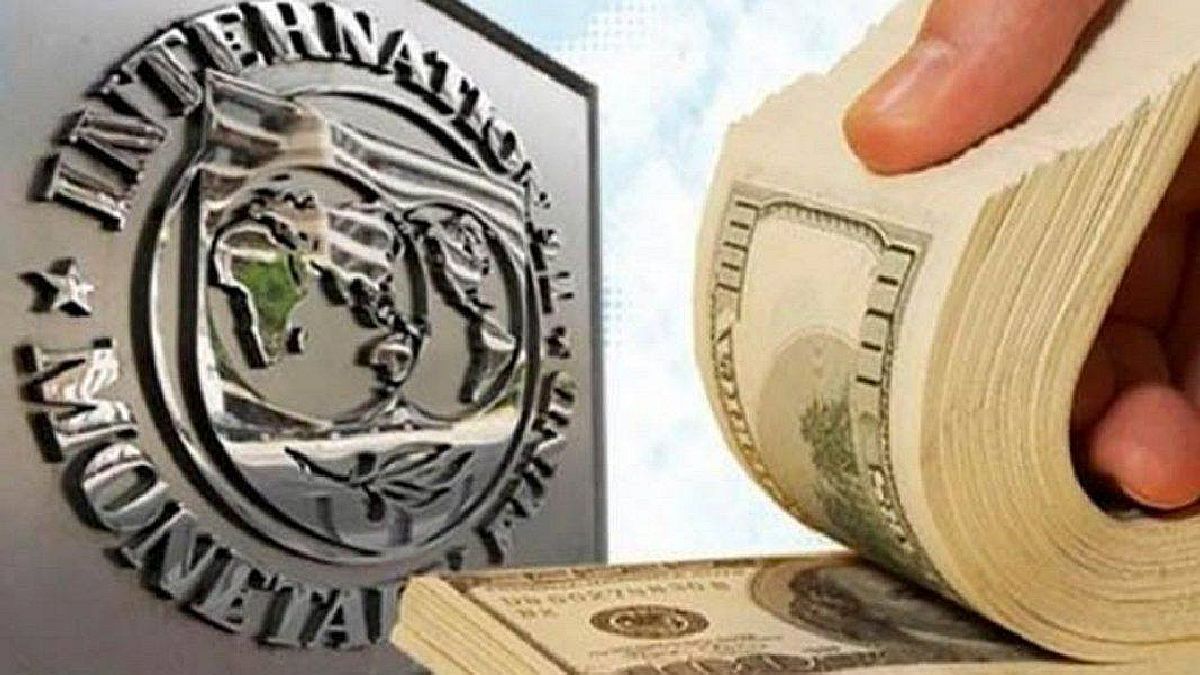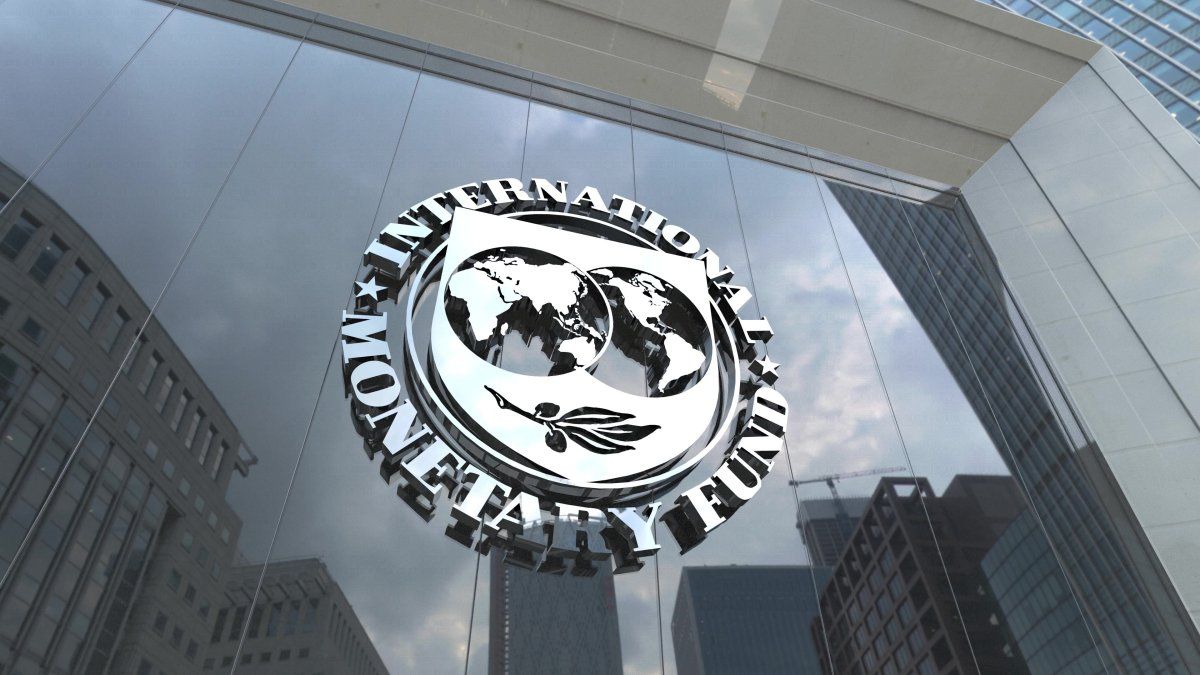There is a countdown to one of the signals that a part of the Argentine market is waiting for: lto recalibration of the goals with the IMF. Logically, this will entail a disbursement from the agency. Strictly speaking, the effect sought is that of an advance -which can be in two installments- and that would exceed -sources in the Economy Department- the US$ 12,000 million in total. If so, it would be higher than originally anticipated.
Always talking about the dollar and the Central Bank’s reserves, it goes without saying that the IMF had to make a disbursement of US$10.6 billion between now and the end of the year. One of those disbursements, of US$3.3 billion, It was originally left at the end of December, that is, at the start of the new government. This information is important because, if the entire disbursement is made in advance (although in two installments), the agency would request some commitments in line with that circumstance, for example, it could restrict the use of those dollars for some tasks in order to certify that they will be maintained. in reserves.
The plan for a “quiet dollar”
In this context, enthusiasm has permeated among Economy officials. The debt swap carried out yesterday would keep intact the expectation of accelerating -marginally, it is true- the talks with the Fund and travel to Washington next week to close the staff level agreement (technical agreement).
This is so because if there is something that worries the IMF, it is how this year’s fiscal deficit would be financed. As Ámbito learned, the consultation was made to the Argentine negotiating team headed by Gabriel Rubinstein and Leonardo Macdur. This is one of the densest topics when it comes to moving conversations forward.
The other point, which is also relevant -but which interests the Economy more than the IMF- is what percentage of the total disbursement that the IMF will make can be used to intervene in the dollar exchange market and thus keep at bay both the MEP dollar as to CCL. In any case, for the Minister of Economy, in person, the schedule would be different from that of his team. While his team would conclude the talks in Washington next week, he would inaugurate the Néstor Kirchner Gas Pipeline on June 20 and later travel to the United States.
The other letter that the minister keeps
massa-transformed.png
There is another resource that the Government has on standby and that, for now, has not been activated, although the decree was published. It is the exchange of bonds in dollars (Global) in exchange for titles in pesos, dual rewards to the holder both in the face of inflation and changes in the exchange rate, whichever rises more.
The original intention was to delist the Globales for about US$4 billion. Thus, the additional strategy was to use the other part of the bonds in dollars, the Bonares, to give the CCL Dollar market depth, and thus put a ceiling on it against an eventual escalation. When consulted, the economic team indicated that they are saving this “letter” for another time.
According to estimates, both the BCRA and the Anses Sustainability Guarantee Fund (FGS) accumulate a large number of bonds. Among the sovereign bonds in dollars in the hands of the FGS – of local law such as AL35 and AL38 – holdings are around US$11.5 billion, to which are added another US$4 billion of foreign law. The BCRA would have another US$15 billion.
The unexpected twist that Massa wants
The fact to take into account is that on June 21 and 22 will have to be paid to the Fund about US$2.7 billion. With the reserves in a critical state, in Economy they believe that the move must be anticipated, if only in the signals to the market. That is why the idea of transferring to the IMF an amount that could be around US$ 2,500 million still persists, before that date. Although it is not confirmed, to make this payment the balance of the Special Drawing Rights (DEGs) in the Central Bank could be used.
With the successful debt swap, the maturity profile for the remainder of the year went from $11.6 trillion to $4.2 trillion, with the bonus that many of these cancellations will be made in 2024 and 2025. In Economy, they assign Giving capital importance to this question, as they believe, decompresses one of the factors that could generate additional inflationary tension between now and the elections.
Source: Ambito




